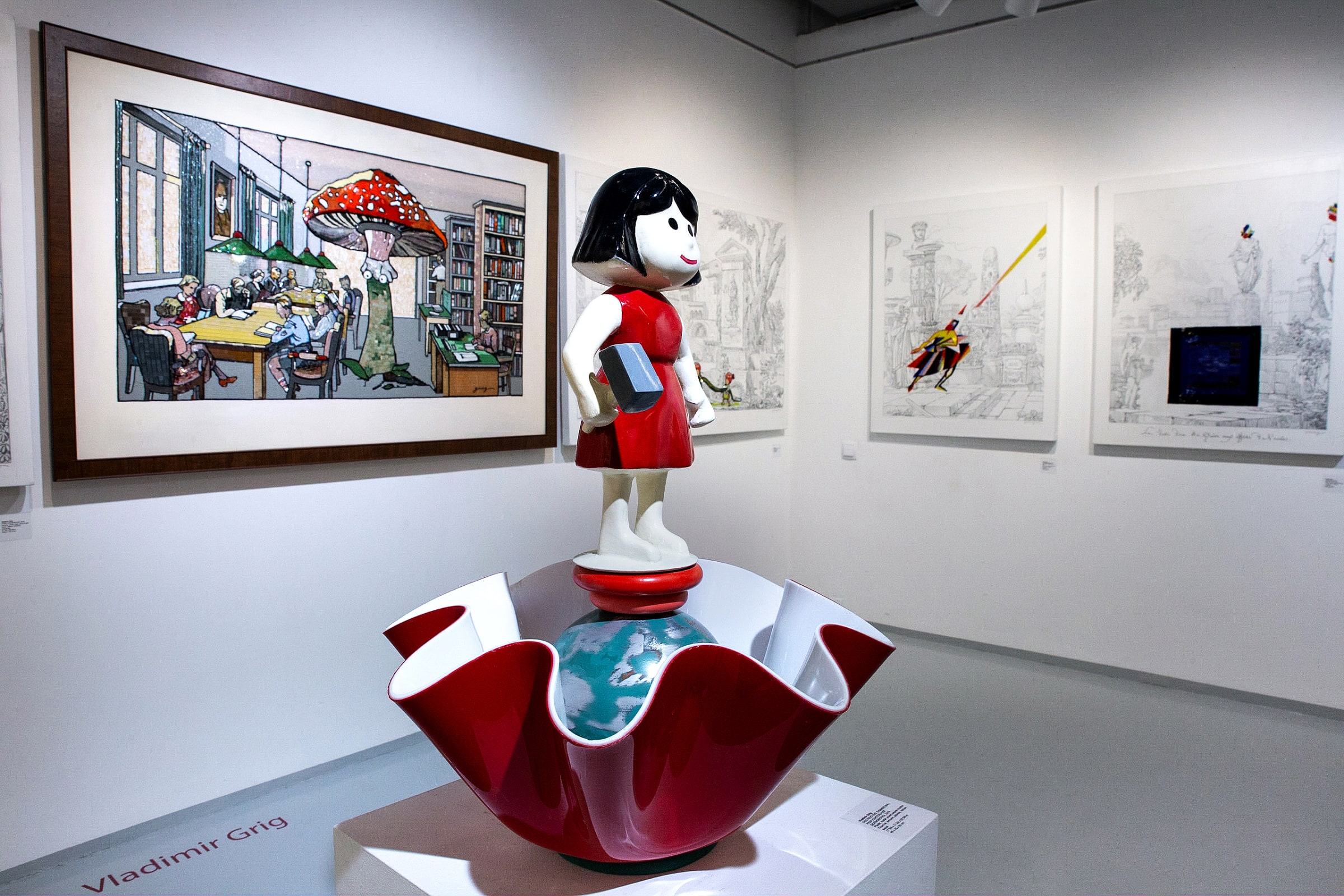

Each neuron on one side is represented by an LED light, which then affects neurons in the next layer, represented by phototransistors. This is an attempt to create a neural network in which the neural connections between each layer is optical. Various media objects are scattered throughout, including historical and contemporary videos, photographs, texts and exhibits that speak to the work of the scientists at the institute. The exposition is not limited to the installations and objects created for the project. A panel of experts in both science communication and art&science took part in evaluating and selecting the projects – these included Dmitry Bulatov (curator and artist), Dmitry Malkov (director of the Center for Science Communication at ITMO University), Lyubov Strelnikova (editor-in-chief of Chemistry and Life magazine), philosophers Alla Mitrofanova and German Preobrazhensky, Aleksandr Sokolov (chief editor at ) and Elena Rybnikova (Doctor of Science, Biology).Īs a result of the collaboration between the artists and the institute, 6 of the works were created with direct assistance from scientists, 4 projects were created in constant consultation with the institute and 5 are site-specific installations that reflect on scientific practices. They created 15 pieces ranging from technological art objects, immersive installations and works of media and sound art. Petersburg, Moscow, Nizhny Novgorod and Yekaterinburg took part in The New Anthropology. The resulting works became part of a permanent exhibition at the Museum of Science in Pavlovsky Koltushi, itself one of the first Russian 'science cities' that has gone on to become a UNESCO heritage siteĪfter a round of competitive selection, 16 artists from St.

Petersburg's ITMO and Tomsk State University in Siberia launched MA programs in Art & Science.Ĭontinuing this wave of enthusiasm, we have organized collaborations between Russian artists who work in the fields of technological art, sound art, media art, photography with the labs and science units of the Pavlov Institute of Physiology. And then there are Russian examples, like ScienceArtLab and the Anokhina Institute of Normal Physiology, Julia Borovaya and the Faculty of Chemistry at Moscow State University, Vladimir Grig and the Faculty of Soil Science at St. Steve Potter's lab at the Georgia Institute of Technology. There are legendary examples such as Joe Davis at MIT, orSymbioticA and Dr.

Over the past 30 years, collaborations between artists and scientists has become a fairly common practice. But more than this: the combination of science and art is necessary for both to develop. Over the past 30 years, art has developed a number of tools for interdisciplinary work, namely innovative, hybrid forms of science-art and media expression, combined with deep reflection on the permeable boundaries between science and art. A close dialogue between the natural sciences and humanities is needed.Ĭontemporary artists take on a special role in this dialogue. Such practices should not exist in isolation from the traditional disciplines: art, literature, philosophy, sociology and anthropology.
#Iconographer vladimir grig install#
In the search for solutions, scientists artificially profile stem cells, identify specific genetic traits, grow artificial organs, experiment with neural networks, cross nerve tissues from humans and mice, install technological elements into living tissue and practice cryonics.

Fundamental biology and biotechnology today are trying to solve problems rising from the radical transformation of human nature.


 0 kommentar(er)
0 kommentar(er)
